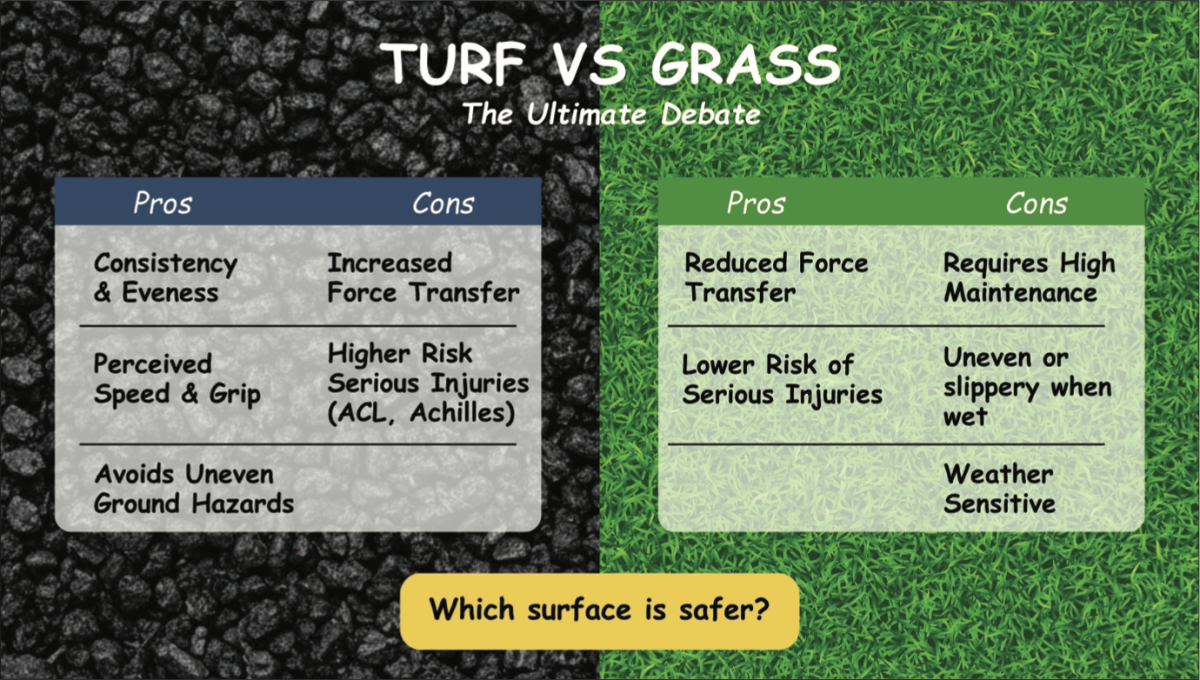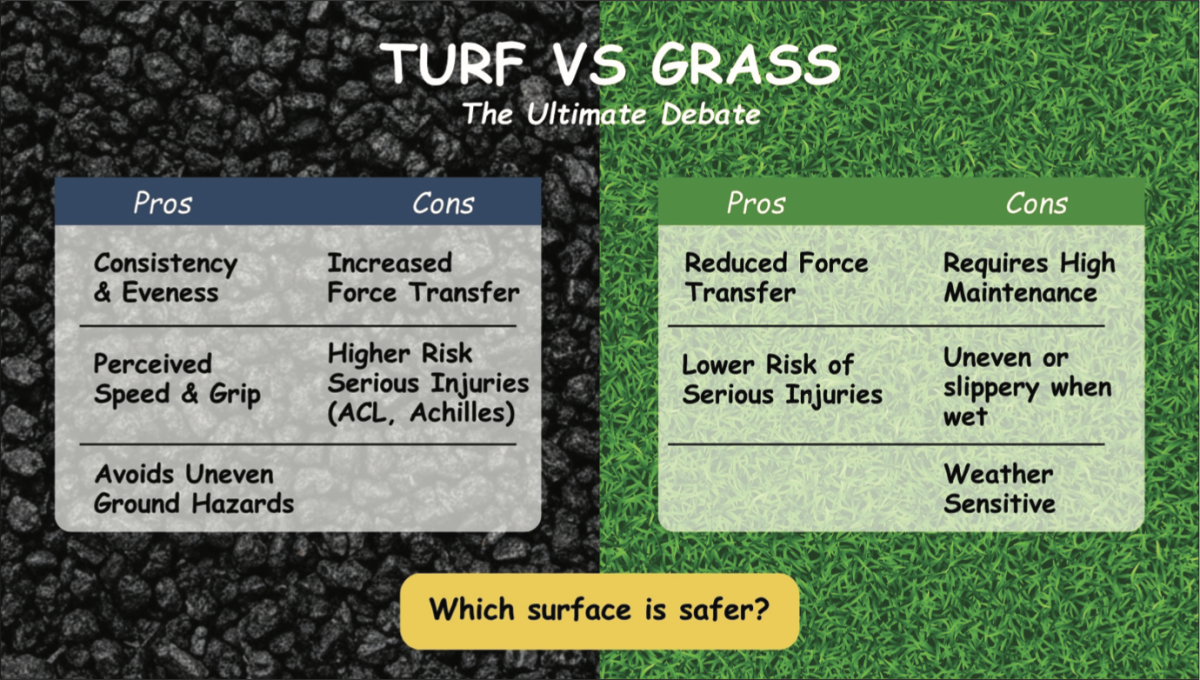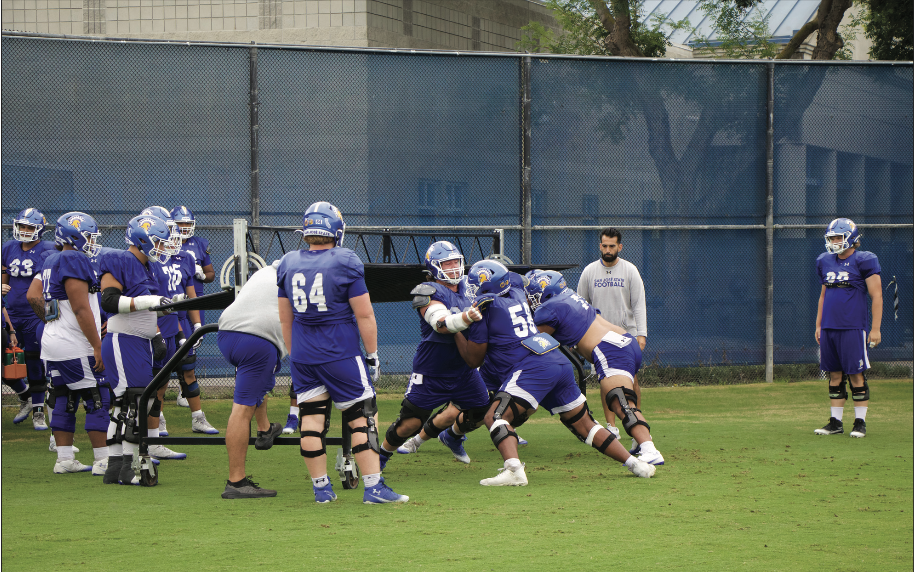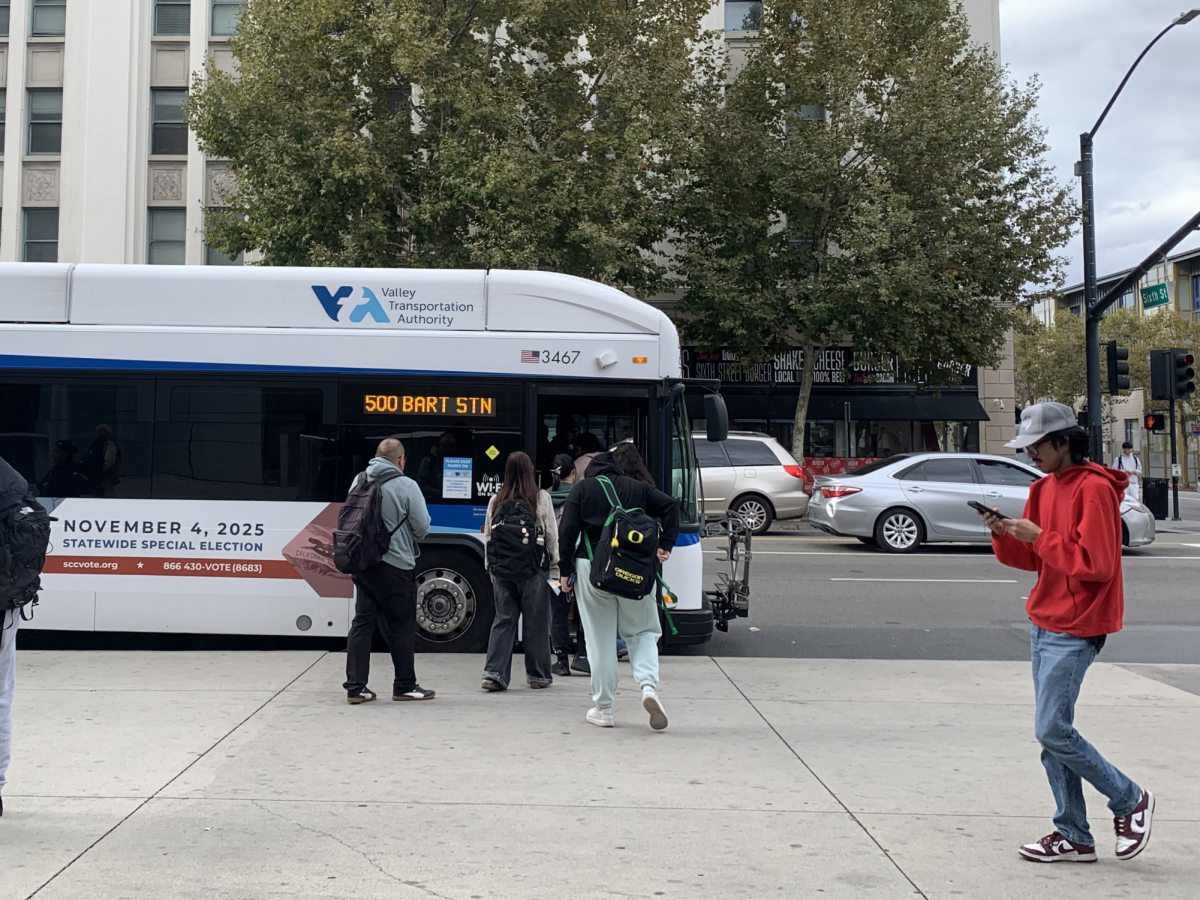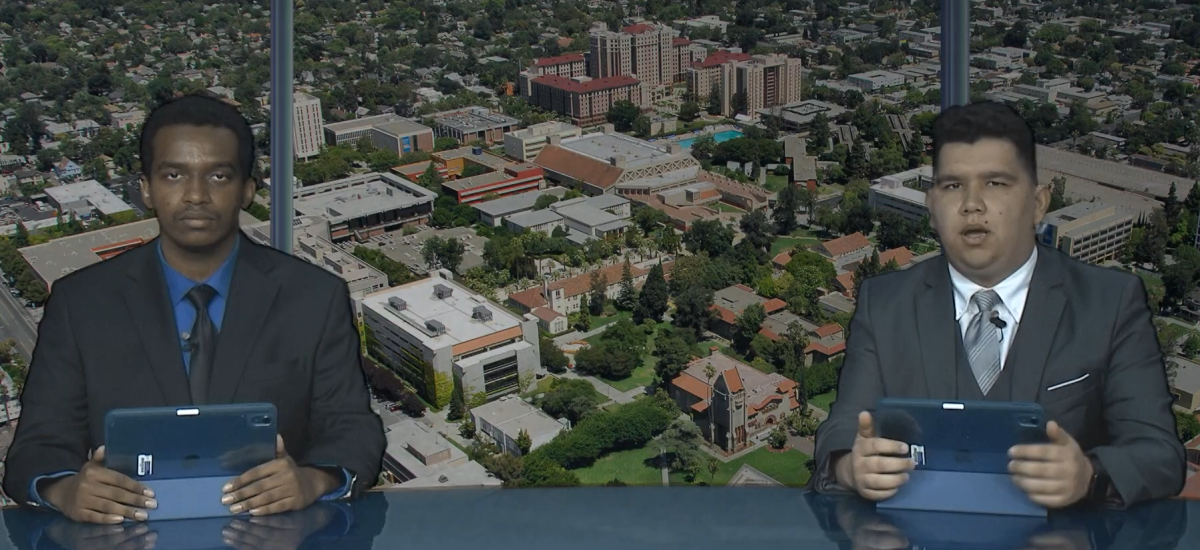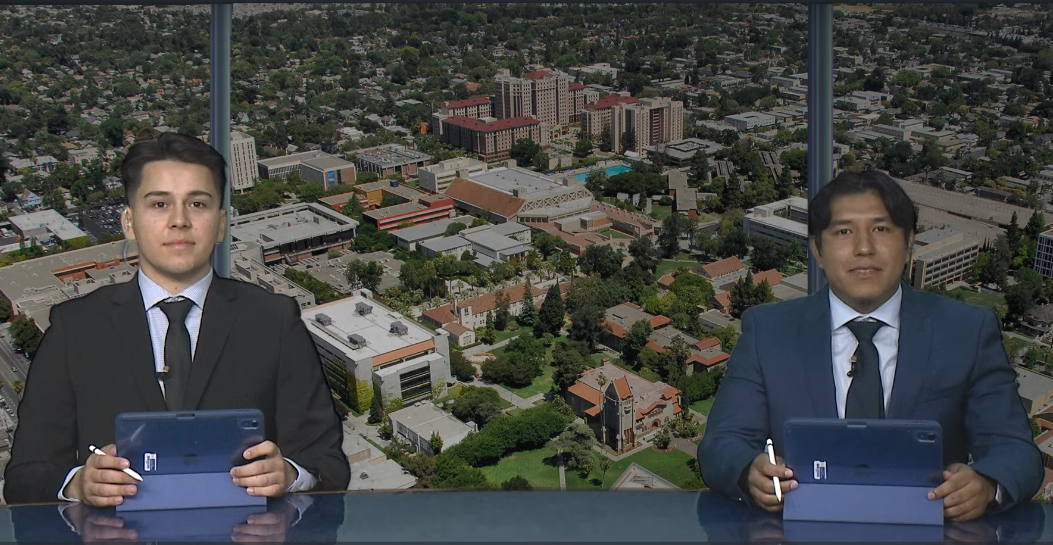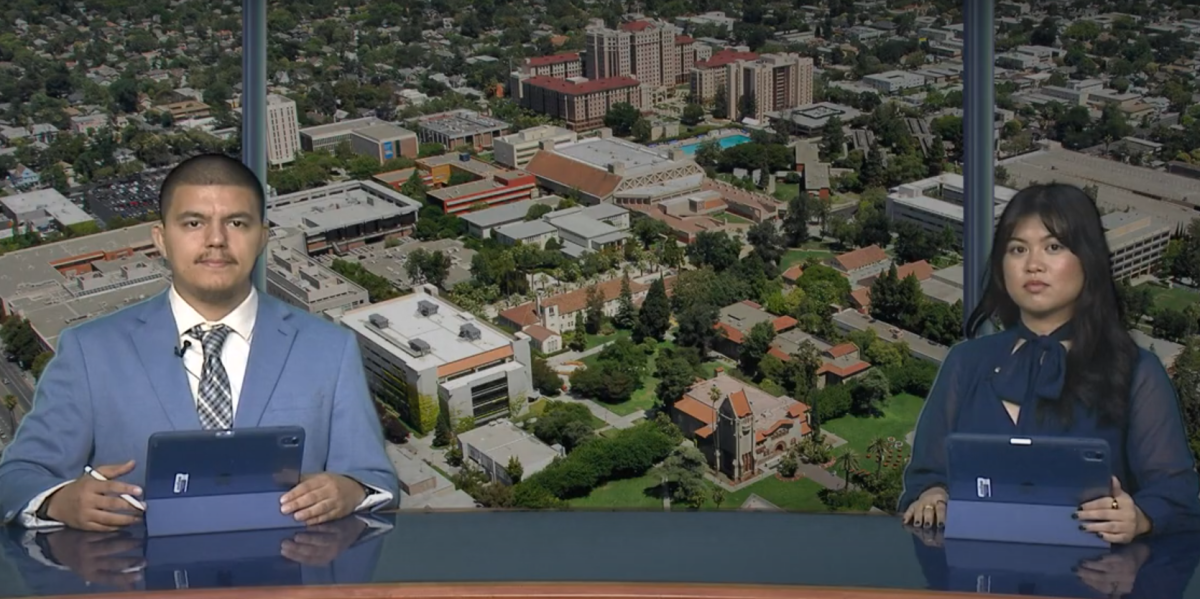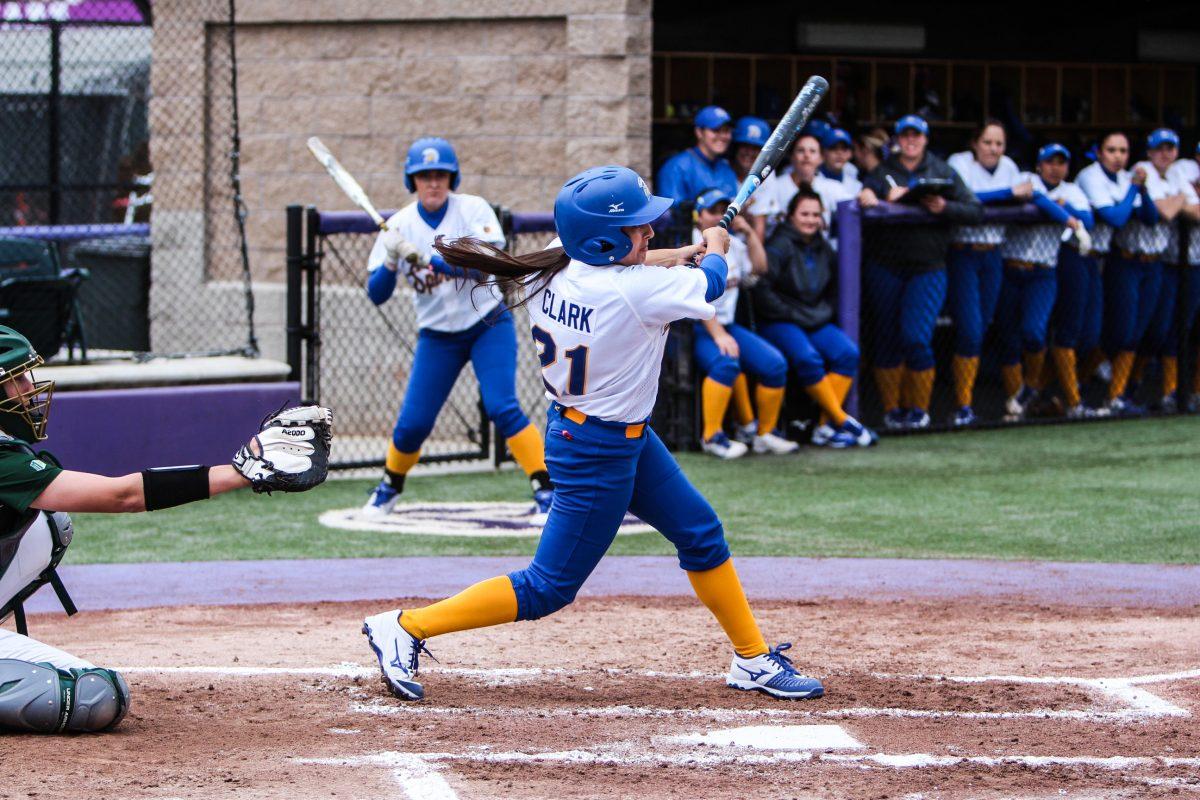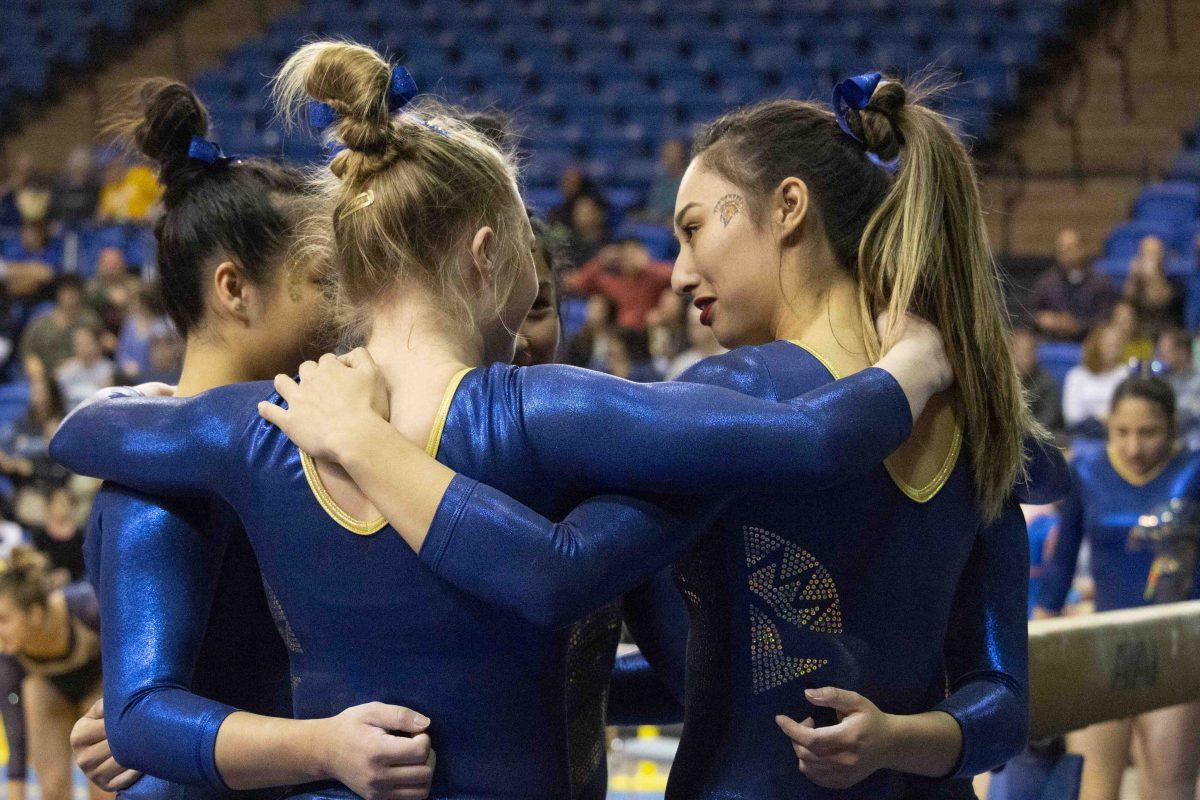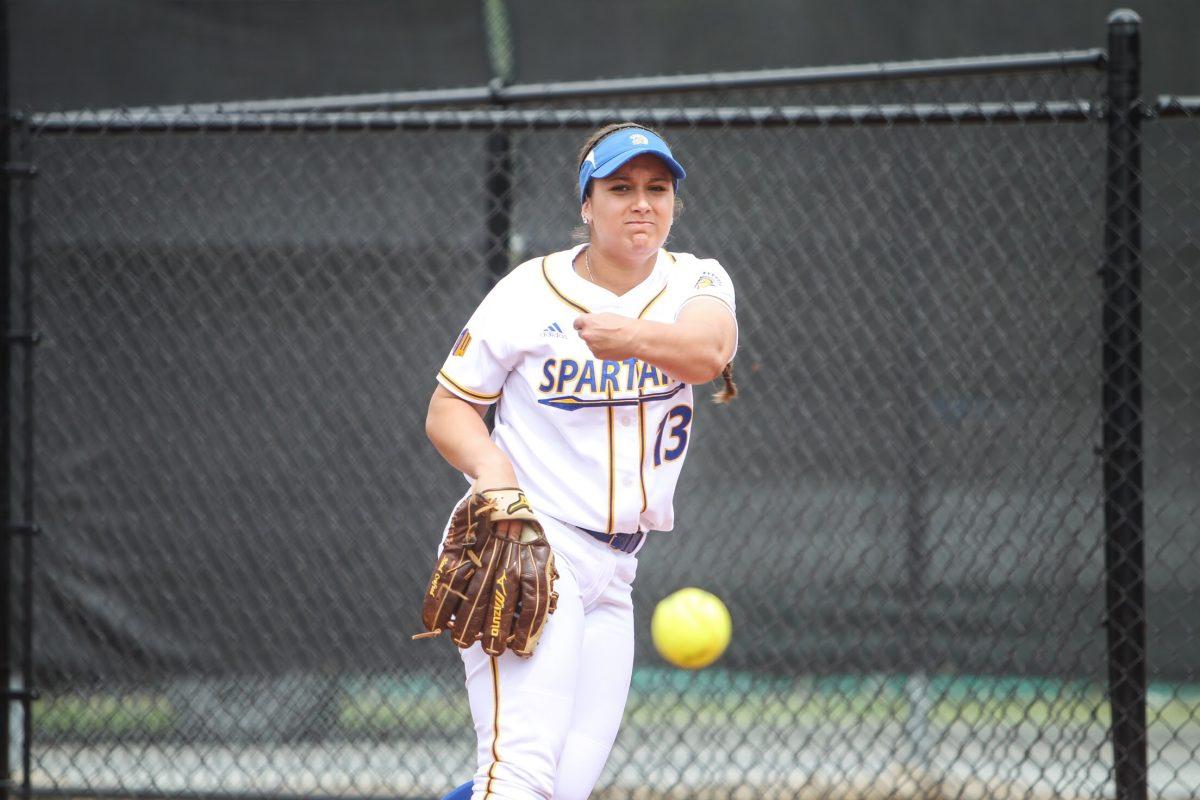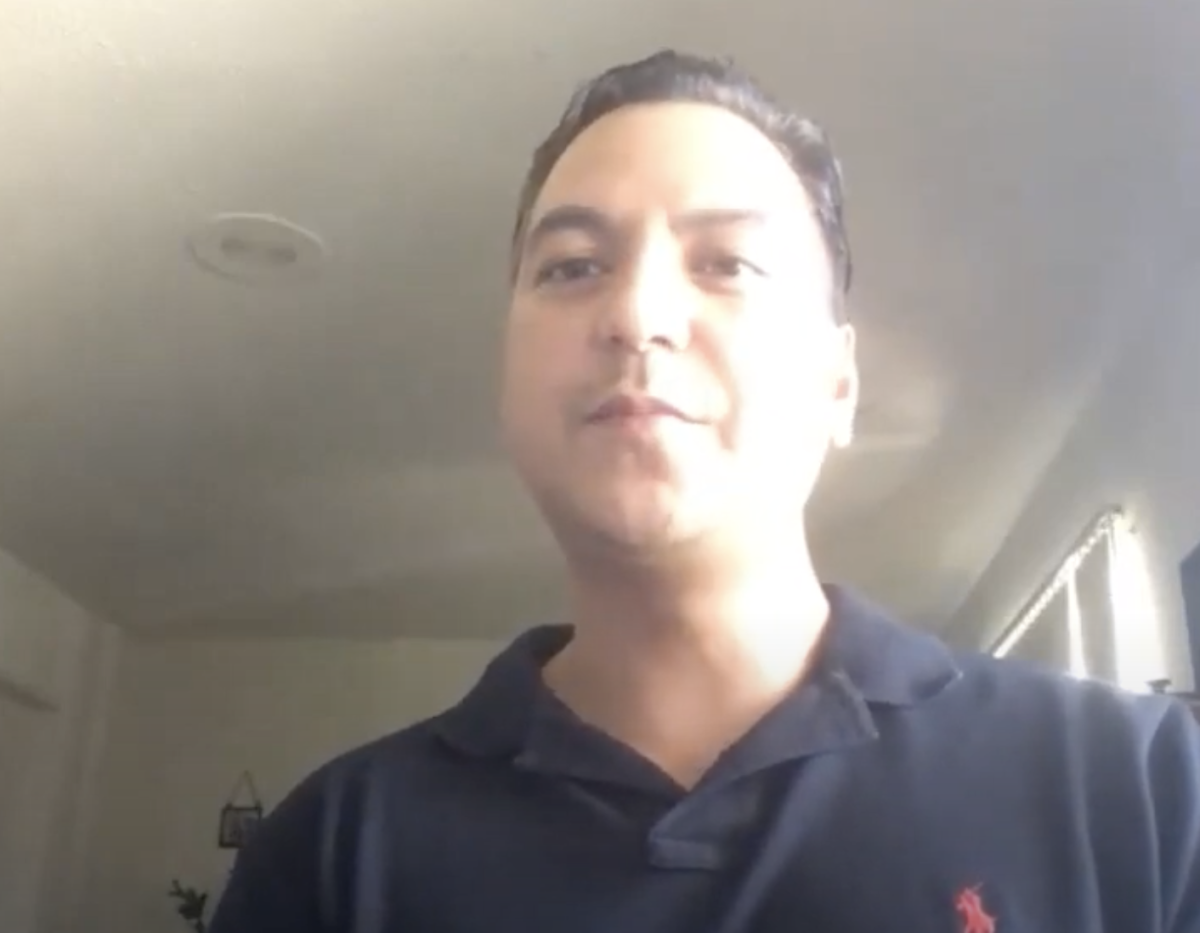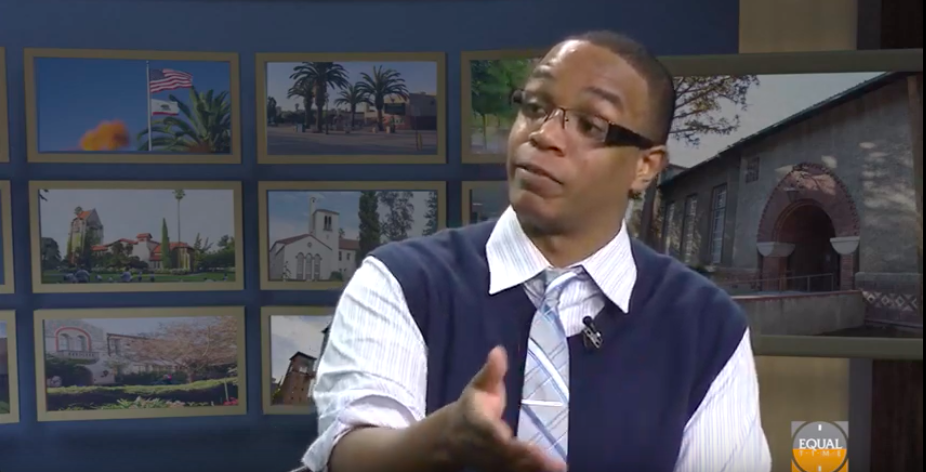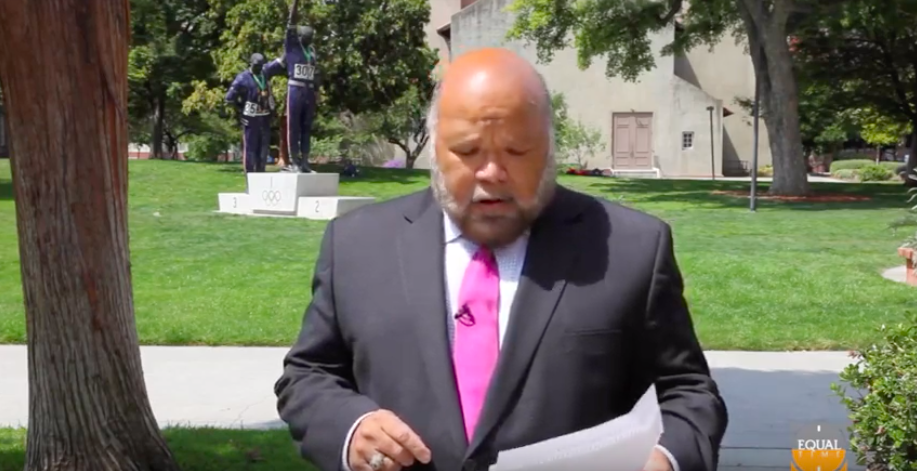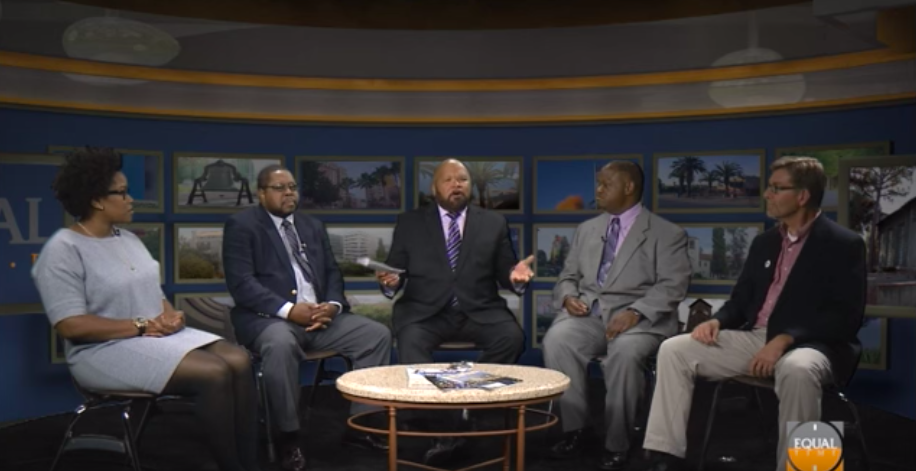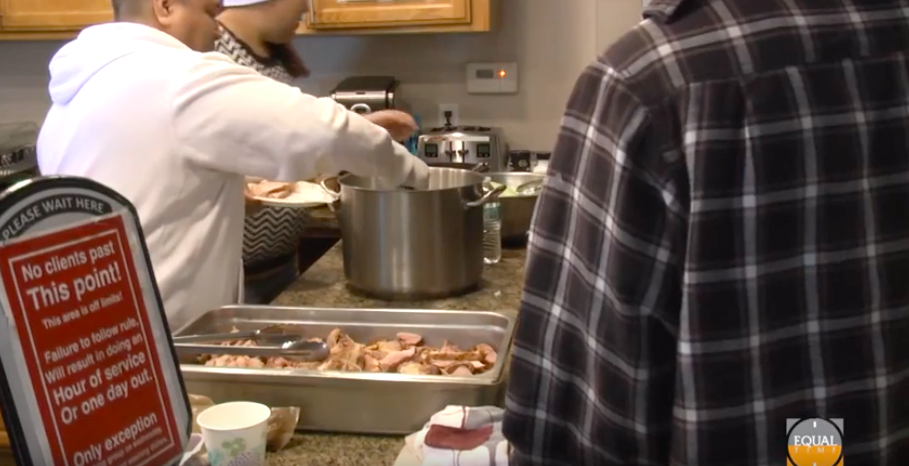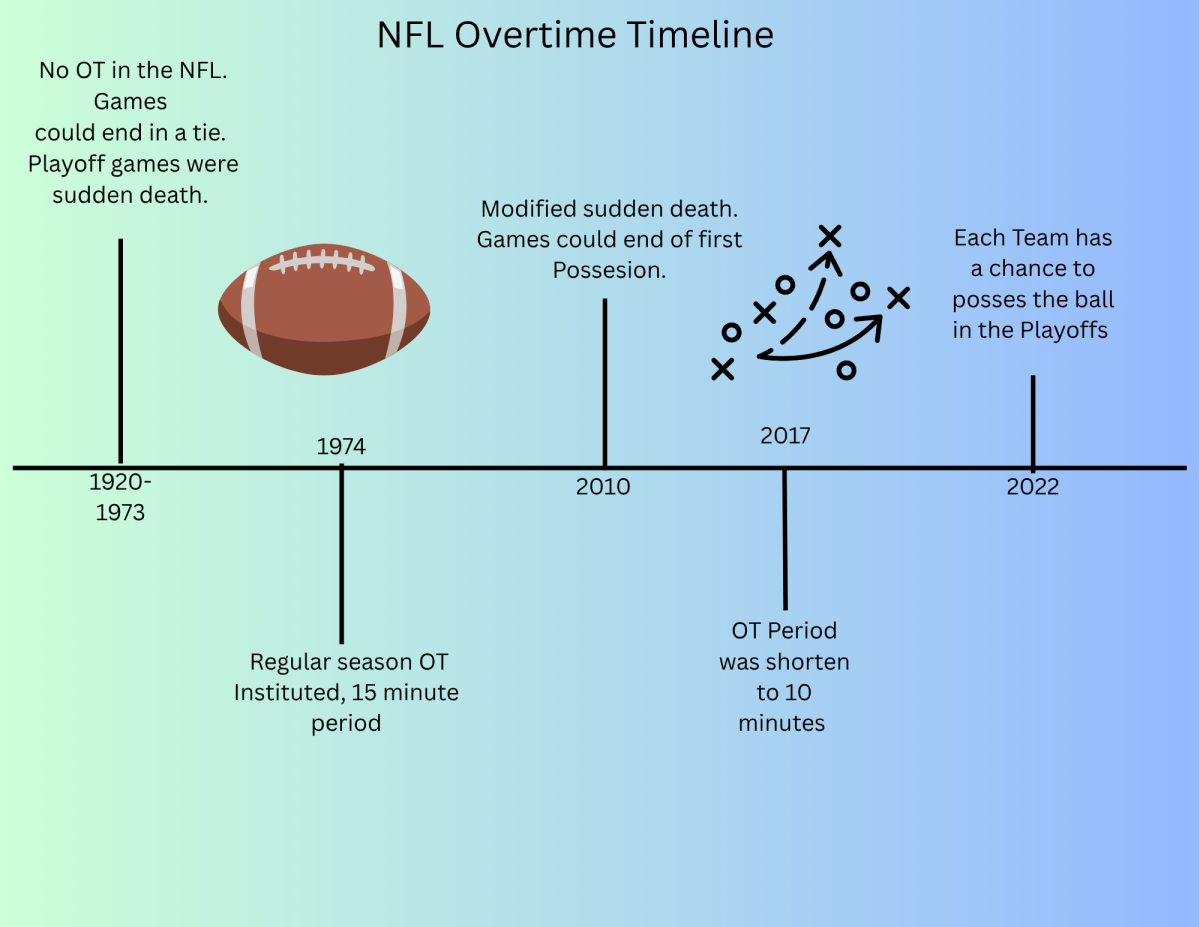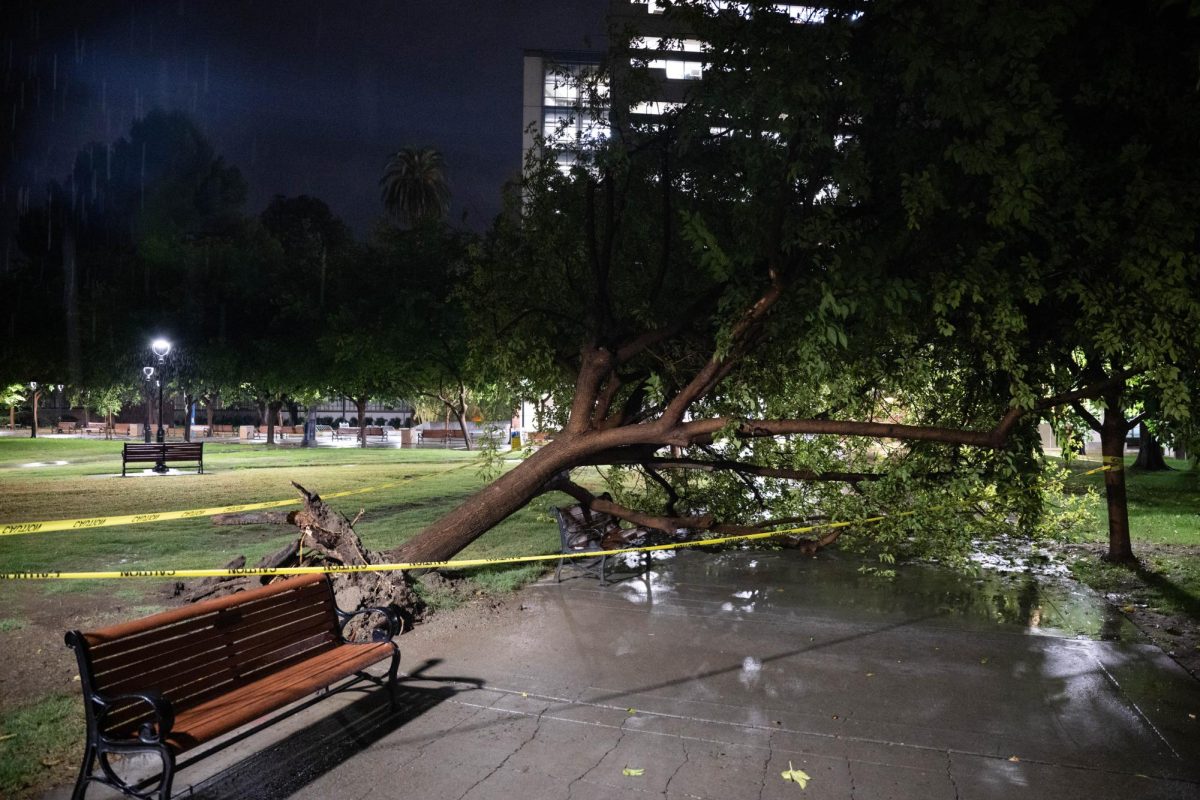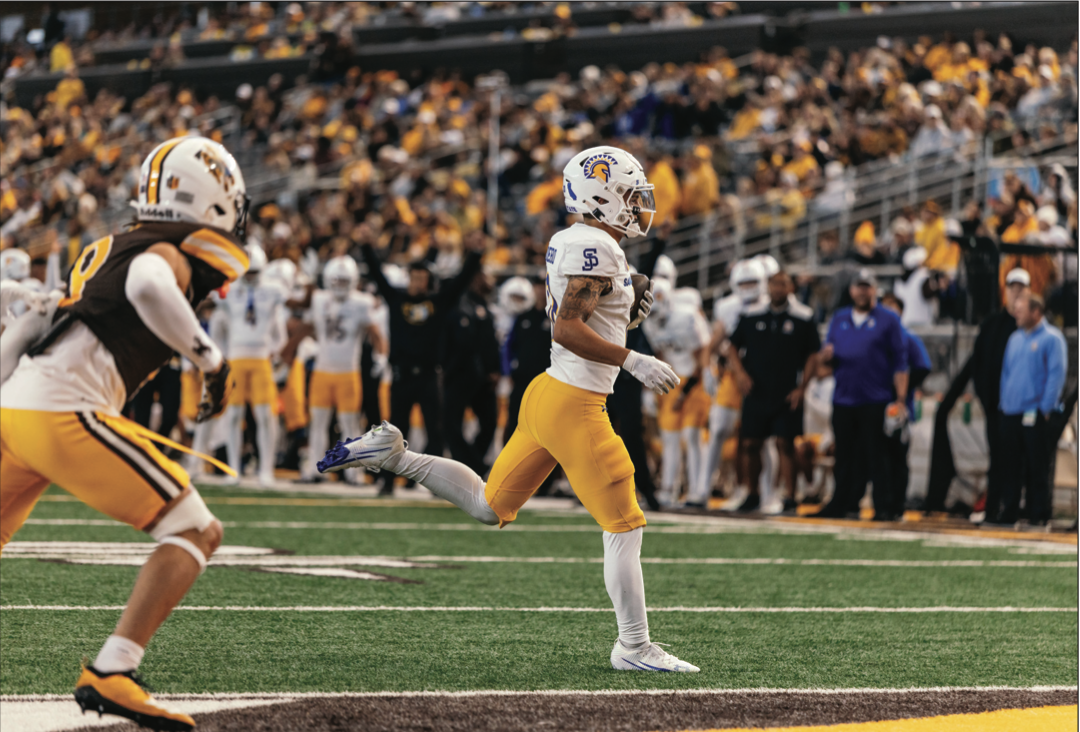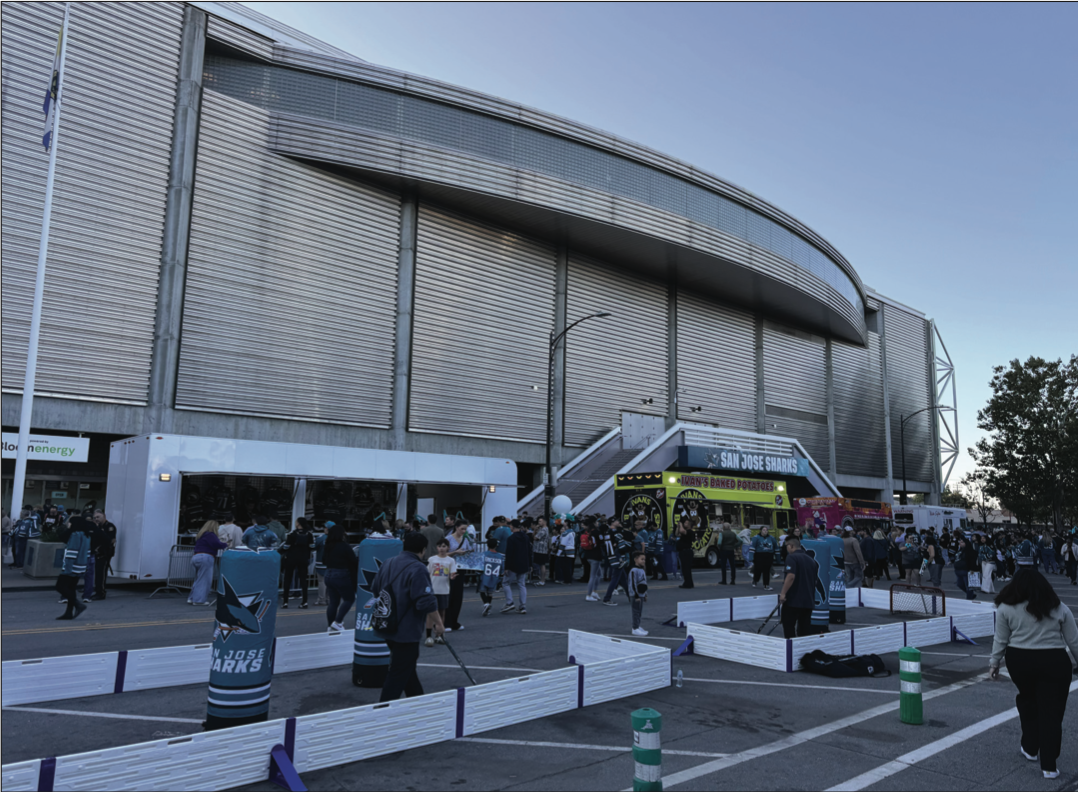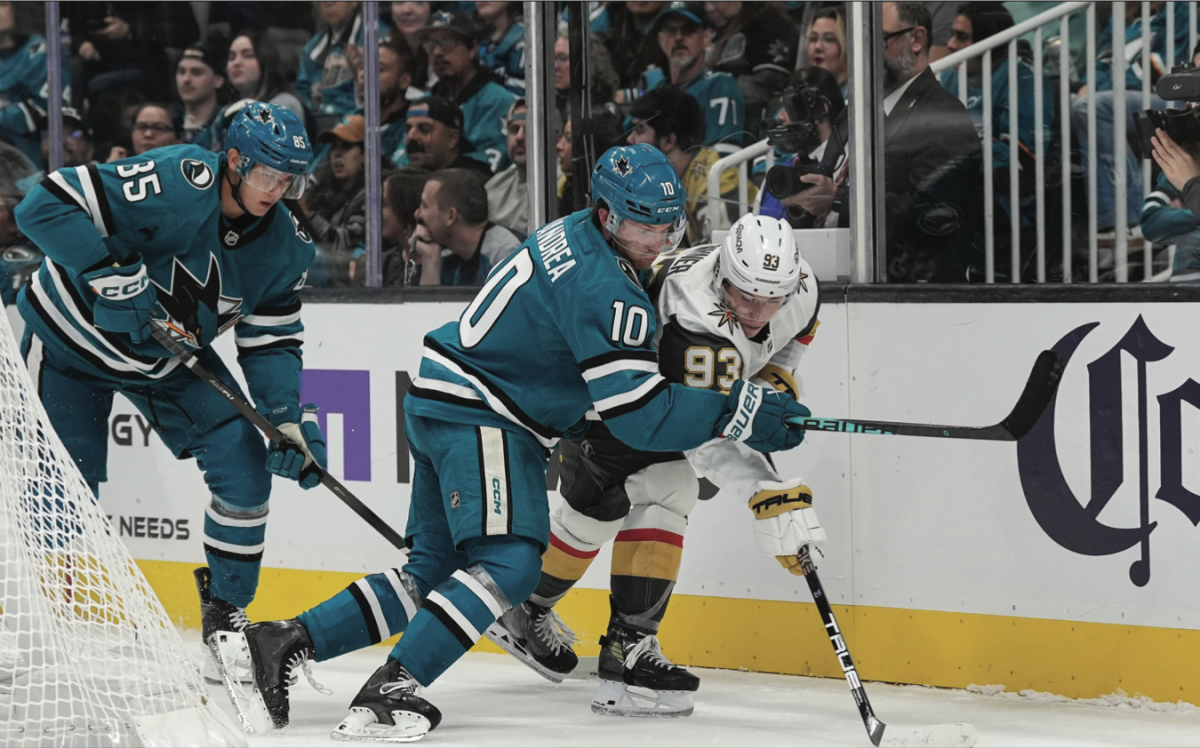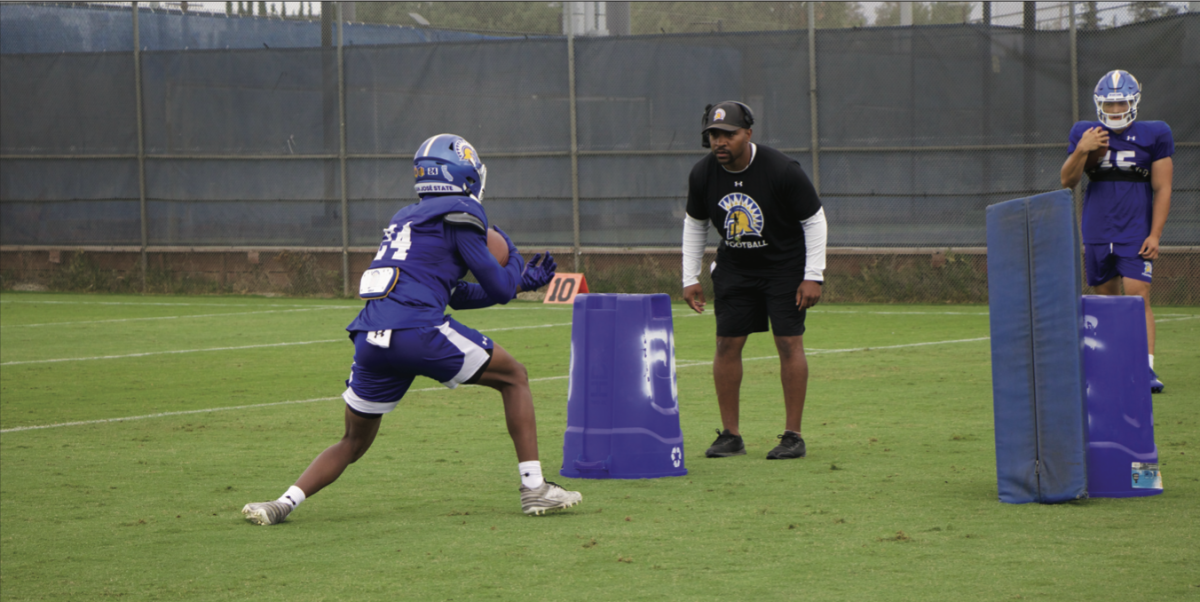For all the excitement the NFL creates, it’s the overtime rules introduced this season that keep proving to be one of its biggest flaws.
From 1920-1973, there was no overtime rule for the regular season, which meant that the game would end in a tie, according to an Under Armour Article.
In the 2024 season, about 70% were within one score in the fourth quarter, so it’s no surprise some ended tied after regulation, according to NFL webpage
Sunday night’s Green Bay Packers vs Dallas Cowboys matchup was only the fifth time since 2010 that overtime ended in a tie after each team kicked a field goal, according to a Sept. 29, Yahoo! Sports article.
Sunday night’s game left me shaking my head – the NFL’s overtime rules are a disaster.
In the playoffs, all games need a winner. If the game is tied and goes into OT, both teams will keep playing until a winner is determined.
OT is just one 10-minute period and both teams get the ball — unless the kickoff team forces a safety on the first possession, which ends it immediately, according to a NFL webpage
The league keeps claiming it’s about fairness, but its overtime rules remain a mess.
The rule shift happened after the 2021-22 AFC title game, where the Kansas City Chiefs got the ball first in overtime, marched down the field, and won, while Buffalo never got to touch the ball, according to the same source.
My friends tell me that overtime rules aren’t a big deal because so few games end in ties anyway, but I respectfully disagree because one game can make or break a playoff run, and bad overtime rules throw that off.
I feel like the NFL should adopt the playoff format for regular-season games because a game that ends in a tie during the regular season could potentially cost a team a playoff spot.
In the standings, a tie basically splits — each team gets credit for half a win and half a loss according to the NFL Tiebreaking Procedures.
I feel like it would be very entertaining if the NFL used the college football overtime format because it would make it more competitive.
The change was meant to cut down on extra snaps and end games faster.
In the first overtime, teams can still kick the extra point or go for two, according to a 2022 NCAA webpage.
The NCAA Playing Rules Oversights Panel approved changes to the OT rules in 2021, according to the same source.
Teams will be required to run a 2-point conversion play after a touchdown when a game reaches a second overtime period, according to the same source.
If the game reaches a third overtime, teams will run alternating 2-point plays, instead of starting another drive at the opponent’s 25-yard line.
Previously, a 2-point attempt was required after the third overtime period, according to the same source.
An alternative under consideration is the college football–style overtime format, in which both teams are granted alternating possessions beginning at the opponent’s 25-yard line.
I also notice that overtime games don’t end with the same kind of clear finality I want as a viewer.
The reason why I like college football better is because overtime feels more exciting than the NFL because teams start in scoring position and ties aren’t an option.
Fans don’t tune in for stalemates; they want a winner.
High school games usually use the plan where both teams start from around the 10-yard line, and they keep trading possessions until one finally scores more, according to a Sept. 4 Cover Sports Article.
I also find it interesting for high school football games that overtime doesn’t use a game clock – only the play clock is in effect.
As a fan, I don’t find the current overtime rules satisfying, I want to believe that the team that wins actually earned it.
Instead of the edge-of-your-seat excitement that college football delivers with its alternating possessions, NFL overtime feels clunky and drawn out.
Honestly, the NFL’s overtime setup looks like a patchwork of fixes that don’t really solve anything.
The rules might look fine, but on the field, they just trade one set of problems for another.
The old flaws are still there, and new ones keep showing up, and I don’t think we’re getting the kind of drama or clarity the game deserves.
Until then, I’ll keep watching games end with more confusion than satisfaction, still wondering why the NFL hasn’t figured out one of its most important rules.

